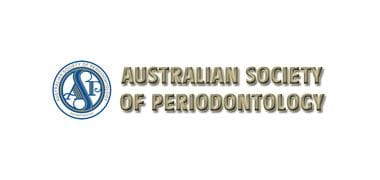The aim of periodontal treatment is to retain the natural dentition by preventing the loss of tissues that surround teeth and the re-establishment of functional attachment when there has already been some loss.
Losing bone that supports the tooth often results in what is commonly known as an osseous defect. The periodontist could carry out regenerative procedures to recover the tissues and eliminate or reduce the defect. This is achieved through periodontal regeneration with the use of enamel derivative proteins (EMD), these proteins induce the differentiation of new cells to form the tissues that support teeth. In a matter of months, there is a filling of defects with newly formed tissues, including alveolar bone, cement (layer of cells covering the root) and periodontal ligament (joining the bone to the tooth's cement), reducing or eliminating the defect. This procedure could be combined with the use of bone grafting materials to provide volume and a scaffold for the cells. Sometimes, collagen membranes are used to guide the regenerative process to prevent ingrowth of soft tissue to the augmented site, and allows the activity of biological events that lead to regeneration.








